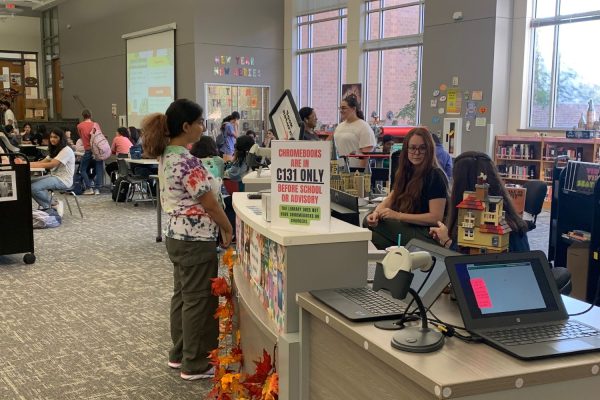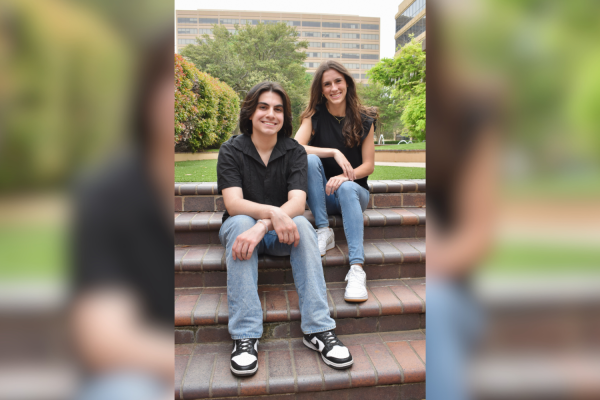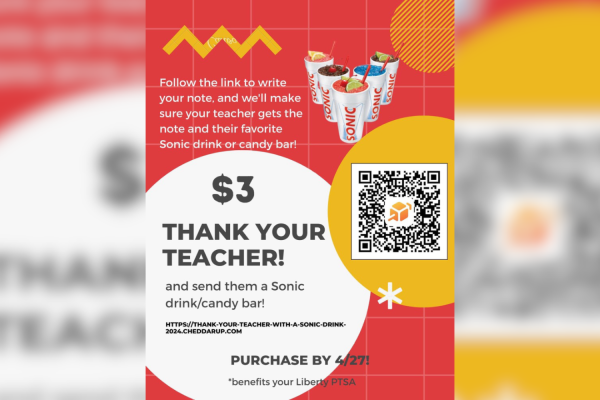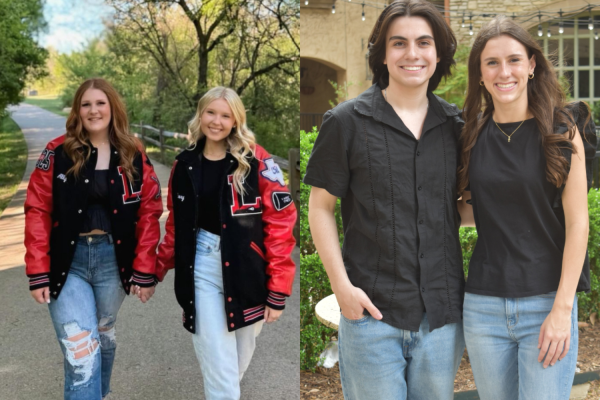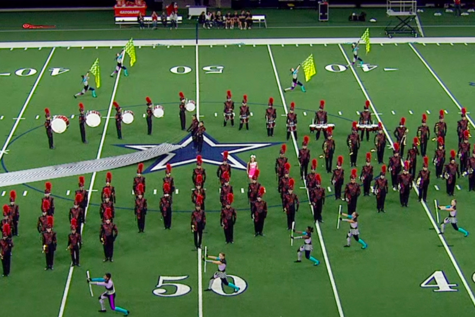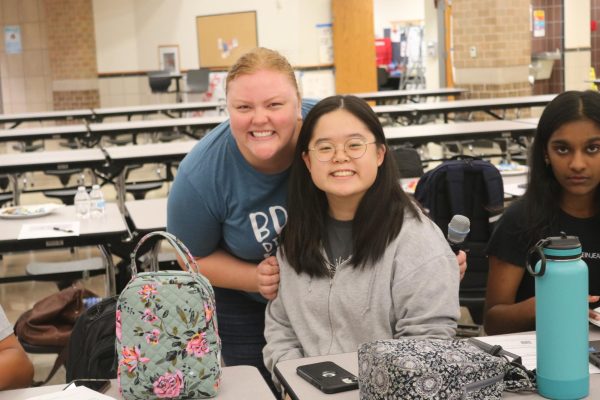AP Environmental students take a shot at public policy
AP Environmental Science students start their “Mission Impossible” project which explores the real world uses of energy systems. Students are tasked with creating their own country’s energy solutions.
AP Environmental Science students are stepping into the shoes of policymakers in their latest project, Mission Impossible.
Tasked with building cheap and reliable energy sources for a fictional city, the project incorporates real-world skills like excel formulas and energy calculations in order to teach students about the pros and cons of different energy systems.
A lot of the time as teenagers we recognize that there are many issues in the world, but projects like this where we can devise a plan to mitigate the effects of nonrenewable energy usage, for example, is really interesting to take part in.
— Shannon Christian
“It’s a fictional scenario where a country is running out of energy but they’ve got a budget that needs to be met while also taking into account that the environmental aspects are a major concern,” teacher Jaimie Berendt said. “This is one of those types of projects where students are able to come up with a plan but in a way that builds some other life skills like budgeting and analysis.”
The project encourages students to look at science through a current events perspective, something that junior Shannon Christian appreciates.
“I find our project in APES to be very compelling because it encourages critical thinking about the real world,” Christian said via text. “A lot of the time as teenagers we recognize that there are many issues in the world, but projects like this where we can devise a plan to mitigate the effects of nonrenewable energy usage, for example, is really interesting to take part in.”
A traditional science project usually includes labs and lab reports, however, Berendt believes that the current APES unit is more conducive to creative problem solving that comes along with the Mission Impossible project.
“With the energy unit it’s hard to come up with a lab that can accurately depict these energy sources out there,” Berendt said. “We could, but it’d all be symbolic and it’d be more difficult for students to get the whole picture as it is and not what the symbols are. But with the project, it’s the real thing this is it, they’re real numbers with millions of dollars within the excel sheet. It’s not a lab as much as it is exploratory on what energy sources work for what country.
Highlighting the nuances of energy implementation, Mission Impossible helps students conceptualize harder to grasp topics.
“Prior to this unit I was under the belief that energy was black and white and it was simple to implement environmentally friendlier ways to generate electricity, but this unit has taught me there is in fact a large gray area,” junior Riya Khosla said. “This project allows us to delve deeper into that concept ourselves and figure out just how environmentally friendly one can get in a realistic world.”
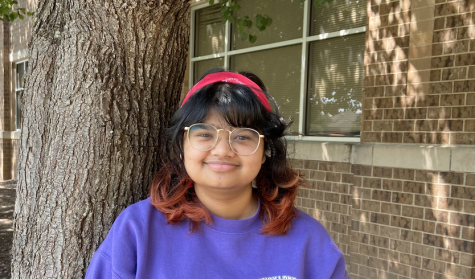
Trisha Dasgupta is entering her fourth year in Wingspan as a senior. In addition to Wingspan, she has explored her passion for journalism through the Independent...





